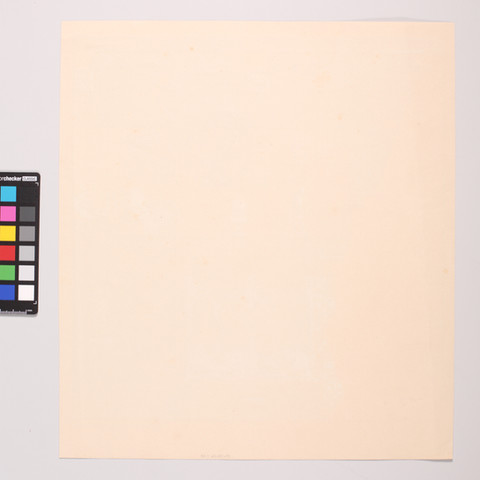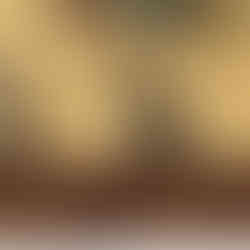
Project Overview
This October marked the beginning of my Advanced Professional Program and started with a project from the Rijksmuseum. The RMA had several boxes of drawings from their decorative arts collection which needed to be treated, hinged, and mounted for storage. Some of these drawings would eventually be exhibited in a future show on decorative art. I had a bit of a late start in this project as I was in quarantine for the first few days of the month. While I waited I was asked to create a small presentation on drawing transfer techniques since several drawings showed evidence of transfer techniques used. Many of the decorative art drawings were working documents, showing evidence of use from a workshop. Other drawings were in better condition and were more likely to have been presentation or inventory drawings for clients or object owners. Overall, I was given a box of thirteen objects to treat and mount and was able to complete almost all of them. In addition to treating them, I was also able to sit down with Birgit Reissland (RCE) (our supervisor for the semester) at the VSC 8000 to examine two of the drawing that had been assigned to me. The two drawings we took interest in showed some needling used in one drawing process and some incised lines used in another. It was also interesting to see some of the white and red paint react to UV florescence. In this blog post I'll go over the following:
transfer drawing techniques
the examination of some of the drawings under the VSC8000
Transfer Drawing Techniques
Counter-proofs, used in drawings and in printing. In drawings, the media is often transfered from a freshly transferred drawn image onto a printing plate. A description of the process can be read here:
In prints, a freshly made print, with the ink still wet, is pressed and transfered to a new plain sheet of paper, creating a counter-proof of the image in reverse. This could be used by the printmaker to mark further edits that needed to be made to the plate.
Charcoal backing or an intermediate sheet.
'Charcoal backing' refers to the practice of covering the back of a drawing in charcoal or chalk and then tracing the drawn image so that the charcoal leaves a transfer of the image onto the clean paper below.
'Intermediate sheets' refer to a similar process, except the drawing itself is not backed with charcoal or chalk. Instead, an intermediate piece of paper is covered with charcoal and the placed between the original drawing and new sheet. The drawing is tranced and the intermediate sheet then allows the image to be transferred to the new paper.
Needling is where the drawing is pieced by a sharp point along the drawing lines to be used in the transfer of the image.
Indentation or incised lines.
Using an iron pen, create an indented line by heavily tracing the drawing, creating an indented line on the first drawing as well as any paper underneath or onto the copper plate. When used as a direct transfer to copperplate, means that the resulting print will the reverse of the drawing
Tracing through translucent materials.
More about the materials for this method can be found in the blog posts on translucent papers or tracing papers. Early materials included sheets made from isinglass and translucent parchment. Later 'transparent' papers included impregnated papers, mechanically treated papers, and chemically treated papers to create a translucent sheet for image transferring.
Examination of drawings under the VSC 8000
One of the drawings, RP-T-2020-14, needed very little treatment, only dry cleaning and mounting. However, we ended up looking at it more closely as we were interested in the various evidence of drawing methods and methods of drawing transfers that were present in the collection. This piece had evidence of previous sketching which had later been erased as well as various punctured holes which were used in marking measurements within the drawing. While looking at it under various visual analysis options, we also found that some of the paints fluoresced under UV.
Another drawing, RP-T-2020-8, also had very little treatment which was needed as it had evidence of previous tear mends. It only needed the removal of old hinges before being hinged and mounted for the Rijksmuseum. What sparked interest, however, was the evidence of incised lines within the paper, indicating that some sort of transfer or tracing had happened. For this reason, we looked at it under the VSC8000 and ended up finding some puncture holes as well.
Rijksmuseum Object Reference:
Sources:
































Comments